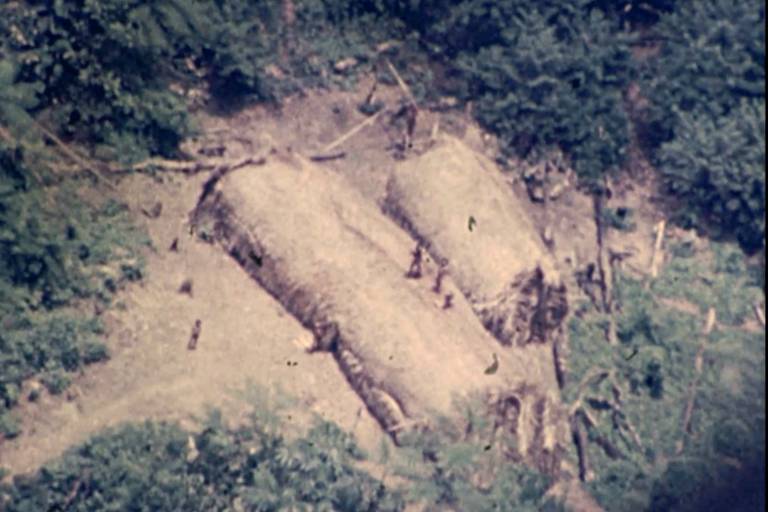The second volume of the report from the CNV (National Truth Commission) pointed out in December 2014 that at least 8,300 indigenous people had been killed during the military dictatorship. At the top of the list were 3,500 Cinta Largas, a people living between the states of Rondônia and Mato Grosso, in the southwest of the Amazon.
From November 1963—just before the 1964 coup—the case gained prominence in the report due to its brutality. The Paralelo 11 Massacre, as it became known, led to an uncertain total of deaths. References from that time and in later documents indicate a range of nine to 20 victims.
However, the killing did not start or end there. Previous attacks, such as the use of dynamite dropped from planes, and later incidents left an estimated number of victims around 3,500.
The investigation was hindered, according to the Figueiredo Report of 1967, due to the involvement of a large part of the extinct SPI (Indian Protection Service) in illegal land exploitation. Violations continued during the dictatorship, with reports of massacres extending into the 1980s.
The gaps, both in the exact number of victims and in the accountability or characterization of the crime as genocide, hinder the construction of a more precise memory, according to experts interviewed for the report.
